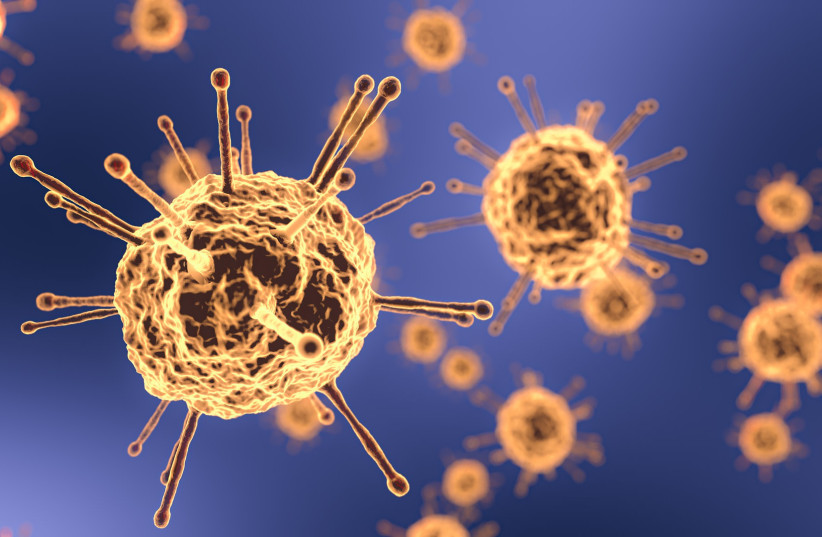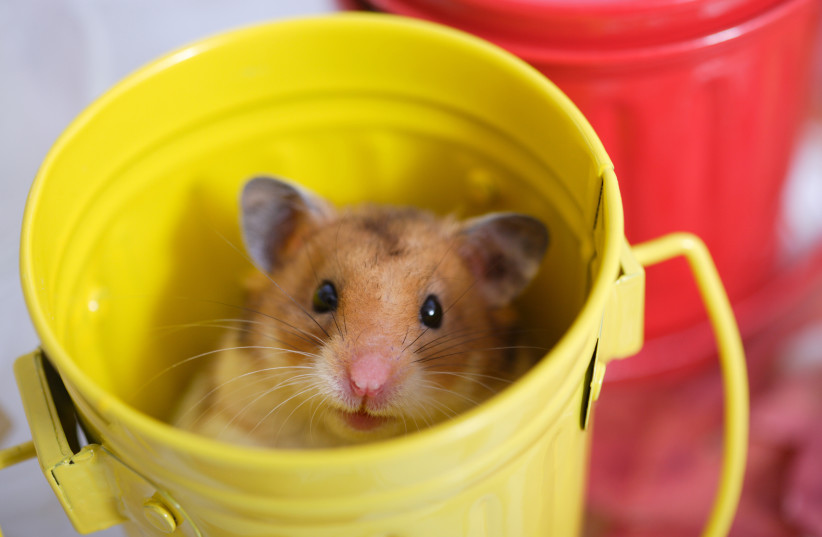Could the coronavirus Omicron variant have evolved in mice? New research indicates that the highly infectious SARS-CoV-2 variant known as Omicron may have jumped ship from humans to animals, and then back again.
The two prevailing theories to explain Omicron

A third hypothesis emerges
Dissatisfied with both these options, the Beijing research team set out to investigate the possibility of a third option, one that theorized that an earlier mutation transferred from humans to mice sometime during 2020, mutated quietly as it spread among mice for over a year, before transferring back to humans toward the end of 2021.
Since the start of the pandemic, SARS-CoV-2 has proven multiple times that it is able to spread to other species with relative ease. It has been detected in cats and dogs, hyenas and hippopotamuses, in ferrets and hamsters, and even in a wild leopard. In fact, millions of mink were culled in farms across Europe in 2020 after the virus was found to be circulating among the species. So it is not beyond the realm of imagination to suggest that it could have jumped to mice at any point over the last two years.
In order to prove their hypothesis, the research team identified the mutations acquired by Omicron before its outbreak and tested whether or not the molecular spectrum of the mutations was consistent with the cellular environment of human hosts.

Discovery of variants that could infect mice
Several of the Omicron mutations allowed the coronavirus variant to bind tightly to mice and rats but would not have been as effective when it came to binding to humans, making it highly unlikely that they developed anywhere but in rodents. While originally at the start of the pandemic, mice had been reported to be poor hosts for the virus, as different variants emerged several succeeded in infecting mice. For example, variants harboring the specific spike mutation N501Y were relatively common in human patients, but they were also able to infect mice, potentially allowing the disease to jump from human to mouse and spread among the rodent species.
Once the jump from human to mouse had been made, the infection could then have spread freely among mice, evolving and adapting independently, even as other variants such as Delta continued to spread through humans, until an opportunity arose for the then thoroughly mutated mouse variant to jump back into the human species.
Furthermore, the research suggested, while evolving in mice, the virus developed mutations associated with immune escape, accounting for its rapid spread in humans.
This study, the research team emphasized, highlights “the need for viral surveillance and sequencing in animals, especially those in close contact with humans.” This is because humans are the largest known group of carriers of SARS-CoV-2, and frequently come into contact with other animals, be it pets, wild animals, or livestock.
“Given the ability of SARS-CoV-2 to jump across various species, it appears likely that global populations will face additional animal-derived variants until the pandemic is well under control,” the study concluded.
![A mouse [illustrative]. A mouse [illustrative].](https://images.jpost.com/image/upload/f_auto,fl_lossy/q_auto/c_fill,g_faces:center,h_720,w_1280/254453)
